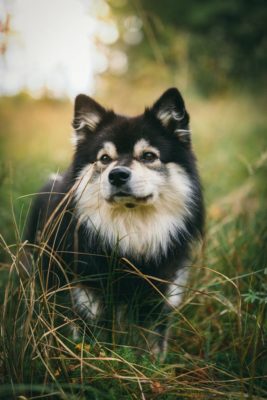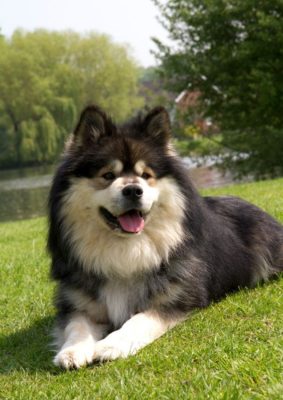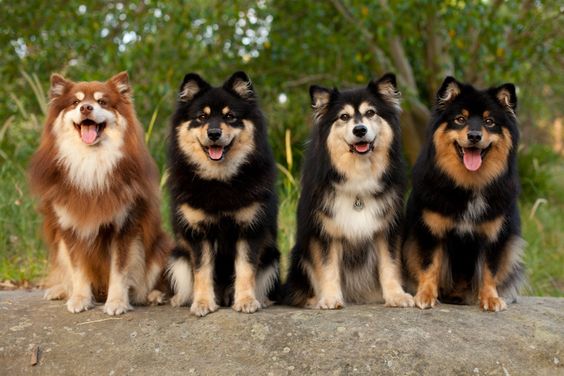Finnish Lapphund
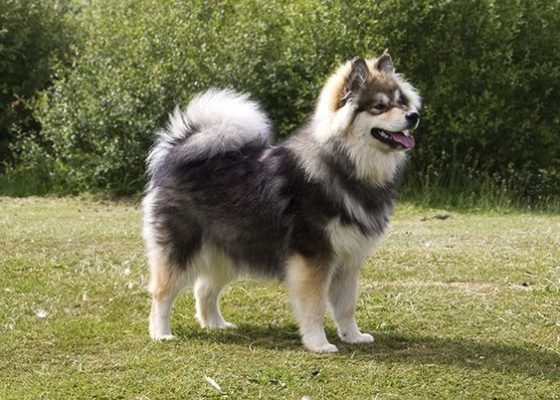
The Finnish Lapphund lived together with humans from an early period. She helped in the household and performed various work. Therefore, they are very kind, loyal to their family and master. Lapphund gets along well with children, always ready to spend time with them and play. With other animals in the same area, the dog does not conflict. Always find common ground with both cats and other dogs.
Table of Contents
Breed Information
| Another Name | Finnish Lapponian Dog (FCI name), Lapinkoira, Suomenlapinkoira |
| Origin | Finland |
| Height | Males 49 ± 3 cm Females 44 ± 3 cm |
| Weight | 15-24 kg |
| Fur | Long |
| Color | White, black, sable, brown, wolf |
| Lifespan | 12-14 years |
| FCI Classification | Spitz and primitive types |
| Group | Watchdogs |
| Price | $600-700 |
Breed Photos
Origin History
This breed is very old; its origin is exactly unknown. Many theories concern the ancestors of the Lapphund. Scientists believe that the Finnish Lapphund is the most ancient dog that appeared in the North.
They were often used to carry cargo, to protect and guard farms and herds. Reindeer breeding is very popular in the North. And Finnish Lapphund helped people in ferrying reindeer.
Images of Lapphund on shamanic magic tambourines testify to their ancient origin.
Purposely began breeding these dogs at the beginning of the XX century. But then they were called Lapland Spitzes, soon – Lapland sheepdogs. Its modern name the breed received only in 1993. Now the dogs are bred in Sweden, Norway, and Finland.
Appearance
There is gender dimorphism in dogs: males are usually taller and fatter than females. The height of males is about 49 cm, females – 44 cm, a variation of 3 cm is allowed. The weight of the dogs can be from 15 to 24 kg.
The dog’s head is wedge-shaped, the forehead is wide, slightly convex. The size is medium; the body is harmonious. The eyes are well defined, oval, usually brown, have pointed ends. The ears are triangular, medium-sized, covered with a thick coat.
The body is square, and the neck is broad. The limbs are long, with well-developed muscularity. The tail is curved at the end, covered with long hair.
The Finnish Lapphund has thick, long hair, which allows it to bear all weather conditions with ease. A collar and mane are formed on the neck and chest. Color can be different; the main thing is to have one shade that will dominate the others. The shade can be combined with various colors, and there are almost no identical Finnish Lapphunds in the world.
Character
The Finnish Lapphund lived together with humans from an early period. She helped in the household and performed various work. Therefore, they are very kind, loyal to their family and master.
Lapphund gets along well with children, always ready to spend time with them and play. With other animals in the same area, the dog does not conflict. Always find common ground with both cats and other dogs.
The pet has a well-developed hunting instinct. During walks, he can chase squirrels and birds.
The Finnish Lapphund eagerly gets acquainted with people and shows interest in various games and activities. It can be an excellent watchdog at home, as it has a loud bark and excellent hearing.
Care
The best option for a dog is if he will live in a country house. It will have a lot of free space there. Lapphund can live in the yard, but if it is hot, it is better to arrange a place for them somewhere in the cold. They tolerate low temperatures easily due to their warm coat.
It is important to provide the dog with an endless opportunity to run, play and exercise. A special brush is used for hair care, and several times a week, the dog is brushed with it. If molting, then the procedure should be carried out daily.
Bathing should be about three times a month. Regularly inspect ears, eyes, and teeth for dirt.
Training
When training, it is important to show persistence and your leadership position, as the Finnish Lapphund may seek to dominate. They have a good memory and brilliant training abilities, but the problem can be their independence.
Training should be done regularly, preferably at the same time every day. One should not shout or force the pet to do something. It is advisable to start training with early socialization. Within an hour, you need to walk with the puppy to introduce him to other people and animals every day. And only then begin classes, and do something new regularly, so that the Lapphund does not lose interest.
The Finnish Lapphund needs physical activity. It is important to remember that if the dog is idle, it can spoil its character and mood.
Common Diseases
The Finnish Lapphund has excellent health; they almost never get sick. Representatives of the breed may suffer from diseases such as:
- eye disease;
- hip or elbow dysplasia.
Nutrition
The diet should be complete and consist of the necessary amount of fats, proteins, and carbohydrates. The basis of nutrition should be meat. It is useful to give by-products, cereals, and vegetables. Pulses and potatoes should not be given. The adult pet should be fed twice a day, about half an hour before walking.
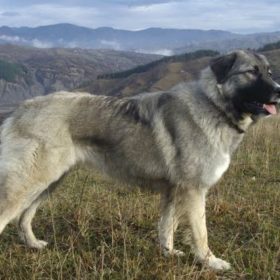 Carpathian Shepherd Dog
Carpathian Shepherd Dog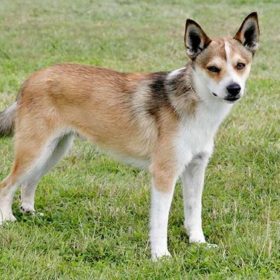 Norwegian Lundehund
Norwegian Lundehund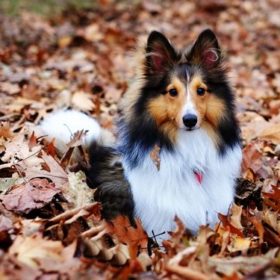 Shetland Sheepdog
Shetland Sheepdog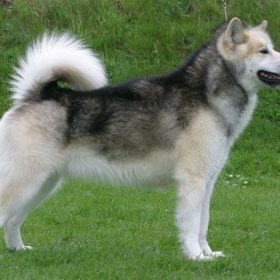 Greenland Dog
Greenland Dog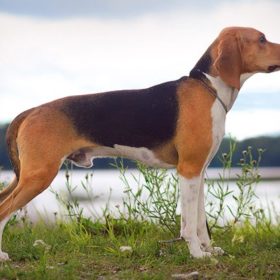 Estonian Hound
Estonian Hound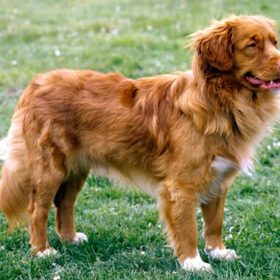 Nova Scotia Duck Tolling Retriever
Nova Scotia Duck Tolling Retriever